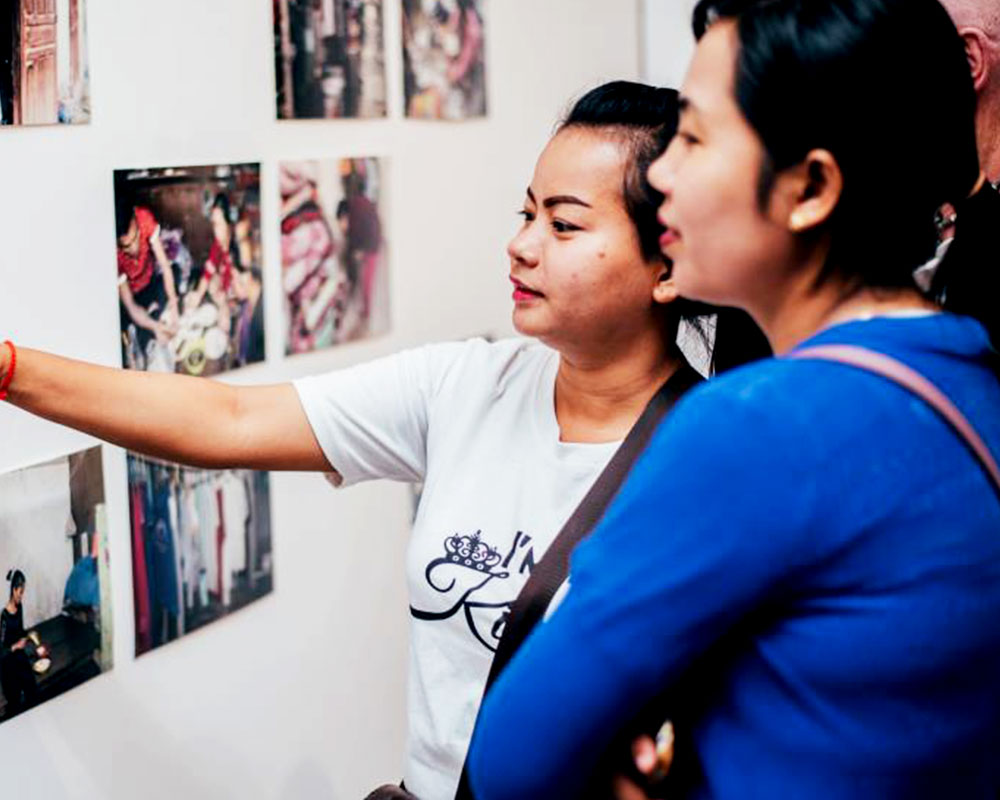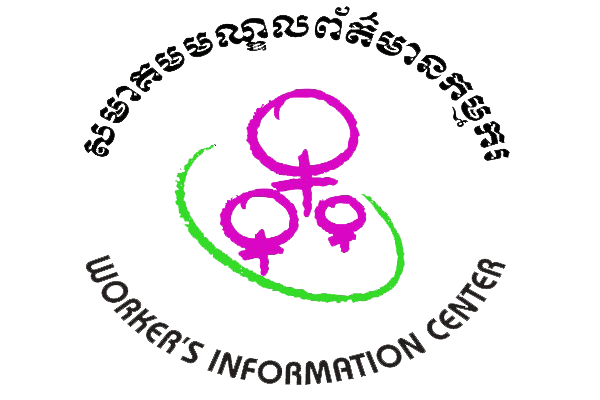Organization & Mobilizing
ORGANIZING
Community organizing is the process of building power through involving a constituency in identifying problems they share and the solutions to those problems that they desire; identifying the people and structures that can make those solutions possible; enlisting those targets in the effort through negotiation and using confrontation and pressure when needed; and building an institution that is democratically controlled by that constituency that can develop the capacity to take on further problems and that embodies the will and the power of that constituency
The garment industry is the largest exporter in the country at an estimated $5 billion a year, making up 16 percent of its GDP. In the end, five people died, dozens were injured, and many more were arrested—marking the worst violence Cambodia had seen since the 1997 clashes over elections.
On a recent Sunday evening, just off Veng Sreng Boulevard in Phnom Penh, where four protesting garment workers were shot to death by police in January 2014, a crowd gathered for a small community concert.
ADVERTISEMENT
Against the backdrop of the high concrete and barbed wire walls of a garment factory, a well-lit stage hosted comedy, theater, dance, and music acts. The crowd drew onlookers as the evening progressed and the audience—many of them employed at the factories themselves—laughed, sang, danced, and clapped along. Though the mood was jovial, the issues addressed in the lyrics and scripts were serious: poor health care, wages that are barely enough to survive on, long workdays, and the pollution of their country’s natural resources.

MOBILIZING
Community organizing is the process of building power through involving a constituency in identifying problems they share and the solutions to those problems that they desire; identifying the people and structures that can make those solutions possible; enlisting those targets in the effort through negotiation and using confrontation and pressure when needed; and building an institution that is democratically controlled by that constituency that can develop the capacity to take on further problems and that embodies the will and the power of that constituency

The garment industry is the largest exporter in the country at an estimated $5 billion a year, making up 16 percent of its GDP. In the end, five people died, dozens were injured, and many more were arrested—marking the worst violence Cambodia had seen since the 1997 clashes over elections.
On a recent Sunday evening, just off Veng Sreng Boulevard in Phnom Penh, where four protesting garment workers were shot to death by police in January 2014, a crowd gathered for a small community concert.
ADVERTISEMENT
Against the backdrop of the high concrete and barbed wire walls of a garment factory, a well-lit stage hosted comedy, theater, dance, and music acts. The crowd drew onlookers as the evening progressed and the audience—many of them employed at the factories themselves—laughed, sang, danced, and clapped along.


